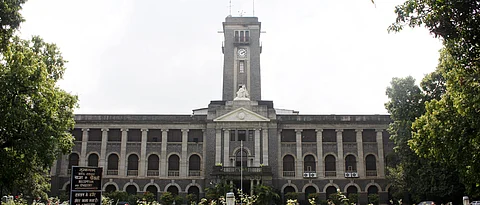

Pune: Weather experts report an increase in cloudburst-like rainfall incidents across the country, driven by local climate conditions, weak monsoon, and climate change.
Rapid urbanization and high-rise buildings in major cities, which are facing rising temperatures, have led to more occurrences of intense rainfall within short periods.
Dr. Medha Khole, head of the Climate Research and Services, IMD in Pune, explained that heavy rains typically occur during the pre-monsoon period, the northward movement of the monsoon, and the retreat of the monsoon. These rains are highly localized, covering only a few kilometers.
Recent rainfall in Chinchwad was identified as a cloudburst-like event, occurring due to high moisture content in the air and local temperature increases. Dr. Khole noted that as the monsoon strengthens, such incidents are likely to decrease.
Dr. Medha Khole concluded that understanding changes in rainfall patterns requires continuous observation over 30 to 40 years to determine any shifts in the monsoon rainfall in the Indian subcontinent.
Dr. Anupam Kashyapi, former head of Weather Forecasting Division, IMD, highlighted that global climate change, deforestation, increasing urbanization, dense populations, and rising pollution are contributing to the rise in cloudburst-like rain events. With the monsoon being weak, these incidents have become more frequent, typically affecting areas of four to five kilometers.
Manikrao Khole, another climate research expert, emphasized the role of local convective processes and geographical structures in these rain events. He explained that the sun’s heat causes evaporation, and the resulting warm, moist vapor rises and condenses at higher altitudes, leading to localized heavy rain. This process, combined with vapor from the sea, results in cloudburst-like rain, linking local atmospheric energy with marine energy.
When to Expect Cloudburst-Like Rain
During the pre-monsoon season from March to May.
After the monsoon starts retreating in September and October.
Following the onset of the monsoon or after a break in the monsoon.
Cloudburst conditions occur if 100 mm of rain falls within an hour from cumulonimbus clouds at a low altitude of one to two and a half kilometers.
